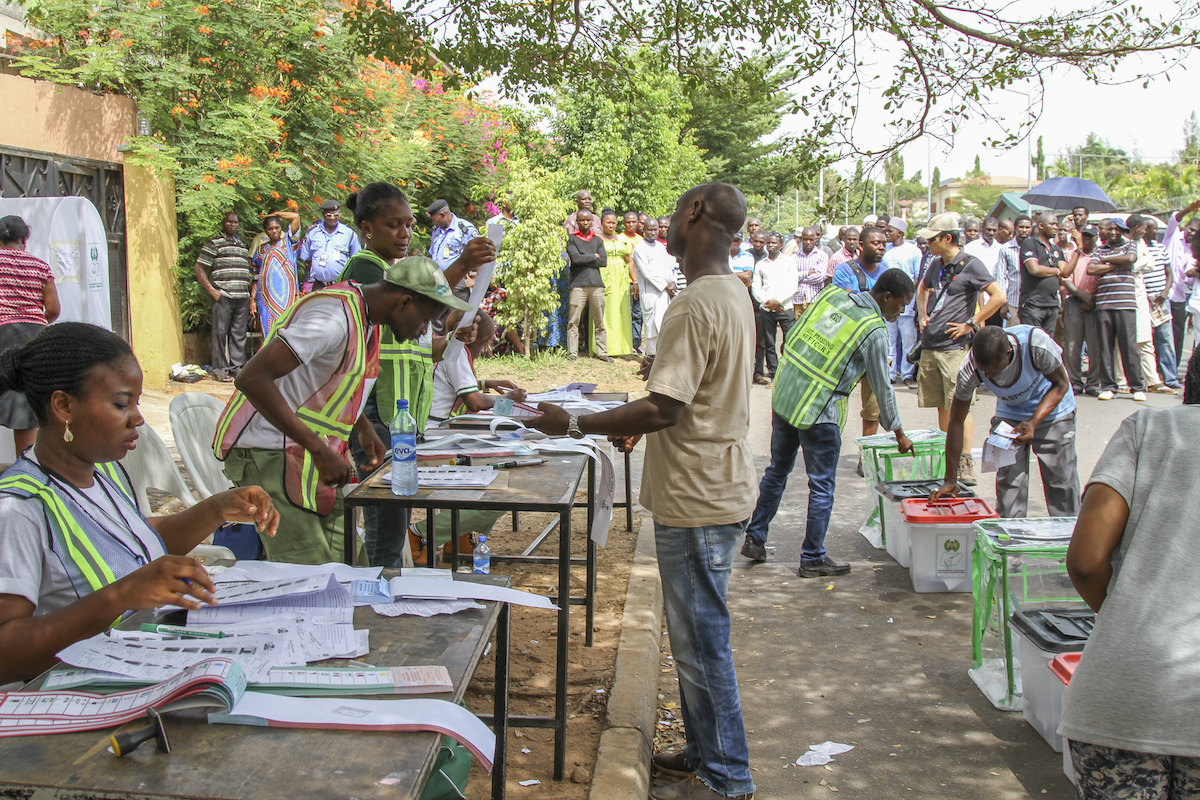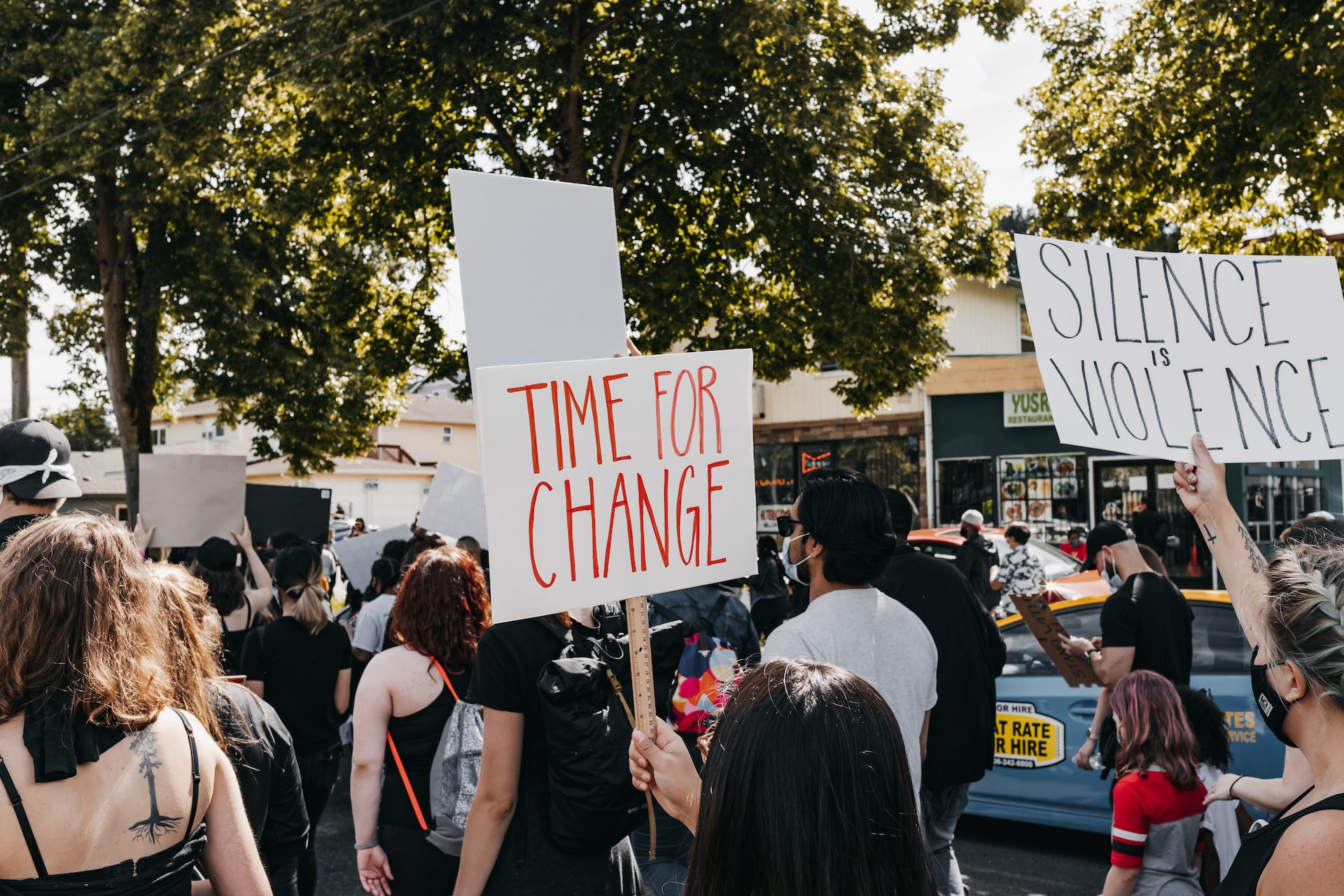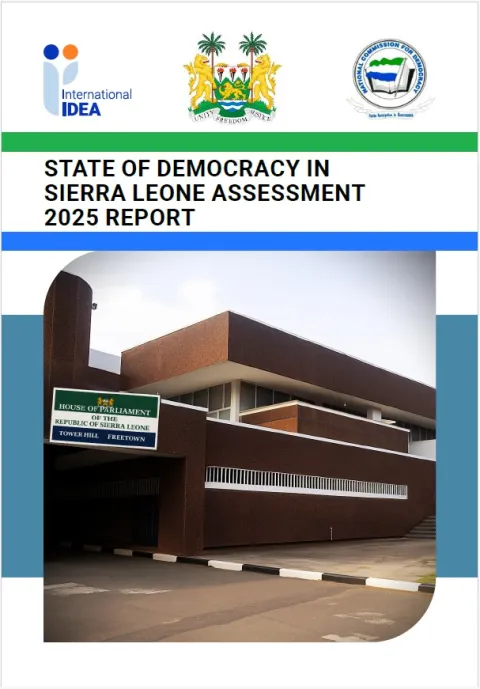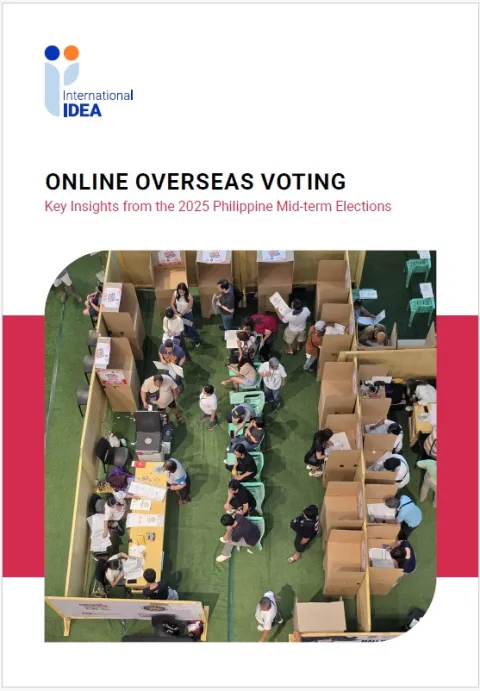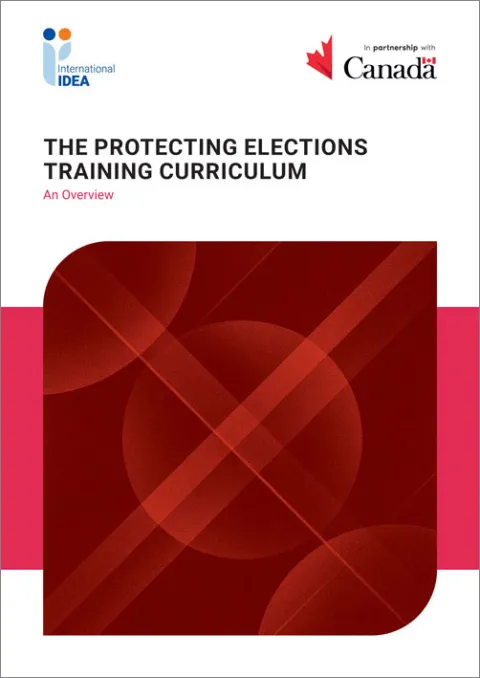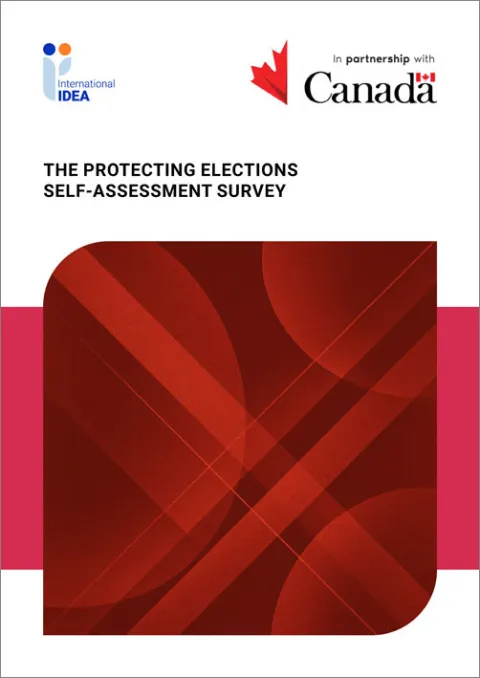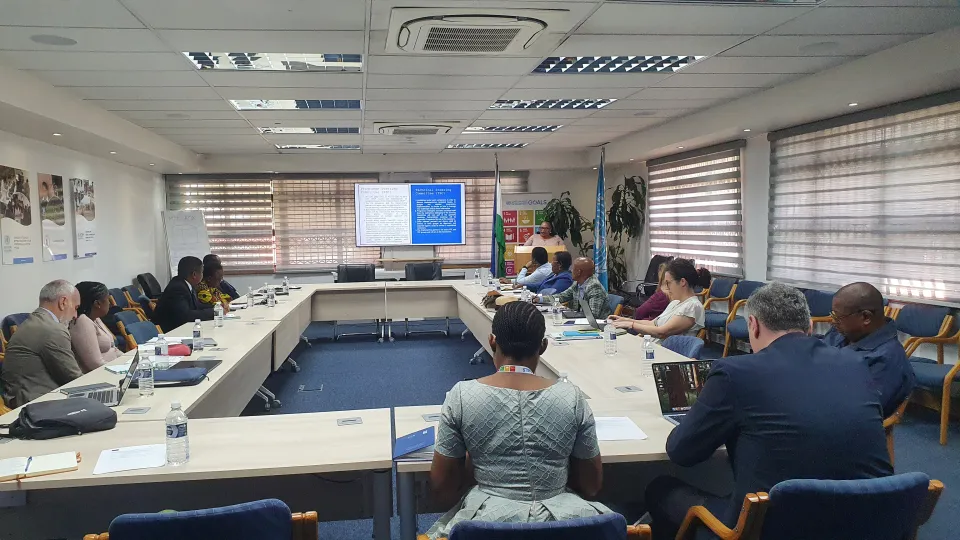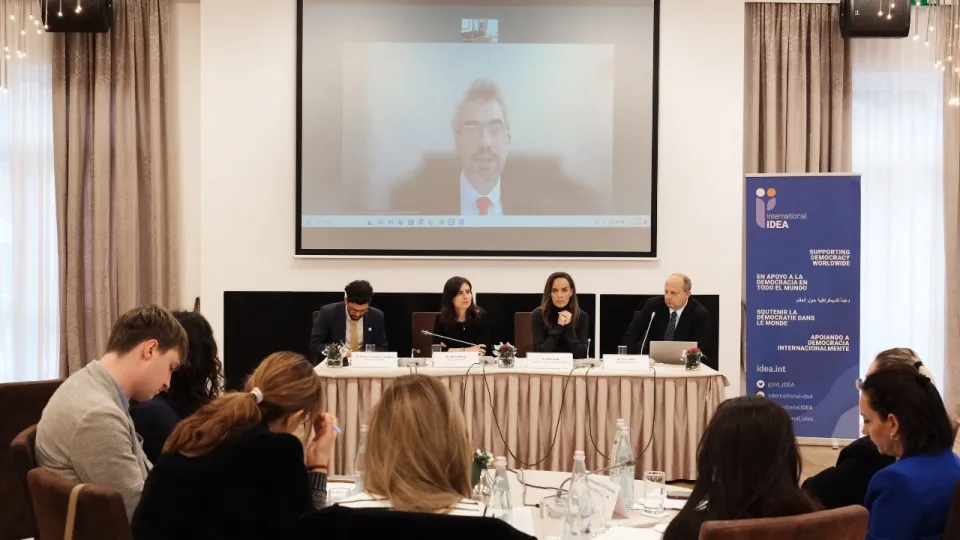Atlas of Electoral Gender Quotas
Gender quotas are numerical targets that stipulate the number or percentage of women that must be included in a candidate list or the number of seats to be allocated to women in a legislature. They aim to reverse discrimination in law and practice and to level the playing field for women and men in politics.
This report collects data on the use of gender quotas around the world. It presents an overview of trends and challenges in the implementation of quotas, and includes profiles of 85 countries and territories with detailed description of quota systems used in them.
This report contains data collected up to December 2013. For more updated information and data regarding the different countries covered in this report, please visit the Global Database of Quotas for Women, a joint database between the Inter-Parliamentary Union, Stockholm University and International IDEA.
Details
Related databases & tools
Contents
Foreword Preface
Acknowledgements
1. Introduction
2. Women in parliaments: global and regional trends
3. Electoral gender quotas: a major electoral reform
4. Lessons learned and experiences from the field
References and further reading
Endnotes
Countries and territories
Annexes
Sources
About the partner organizations
Give us feedback
Do you have a question or feedback about this publication? Leave us your feedback, and we’ll get back to you
Send feedbackAtlas of Electoral Gender Quotas
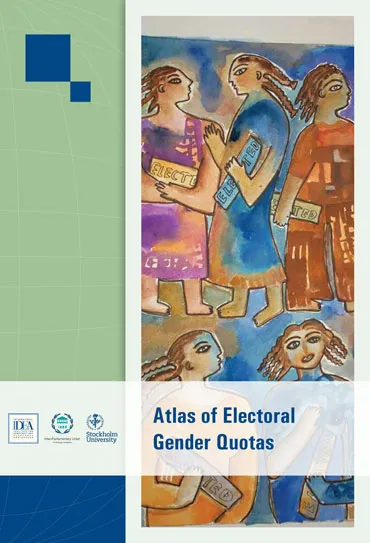
| Total views | 28151 |
|---|---|
| Downloads | 339 |
| Rating |
Related databases & tools
Give us feedback
Do you have a question or feedback about this publication? Leave us your feedback, and we’ll get back to you
Send feedback